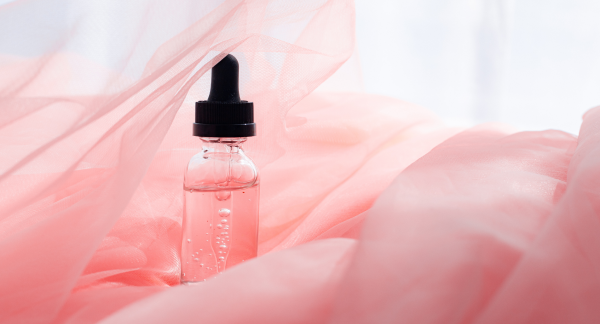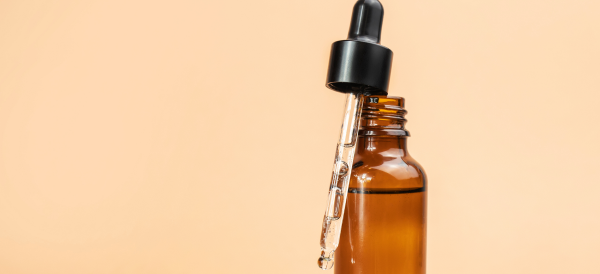Hyaluronic Acid
Hyaluronic acid, also known as hyaluronan or hyaluronate is a gooey, slippery substance which increases the viscosity of the fluid. It is produced naturally and is found throughout your body, especially in eyes, joints, and skin.
The average 70 kg (150 lb) person has roughly 15 grams of hyaluronan in the body, one-third of which is degraded and synthesized per day.
Hyaluronic acid is a common ingredient in skin care products. It is used as a dermal filler in cosmetic surgery. It is very good at retaining water, a quarter teaspoon of hyaluronic acid holds about one and a half gallons of water.
Hyaluronic acid belongs to a type of long, complicated chain-like molecules called polymers,which have plenty of spots for other molecules to attach. This special feature allows it to transport the molecules to transport throughout the body, which is why it can also be used in medications for targeted action.
Few of the benefits of hyaluronic acid
- Hyaluronic acid helps prevent pain and injury of bones and used in treatment of osteoarthritis of the knee.
- Hyaluronic acid is often used for treating dry eyes due to its water retaining ability.
- It’s also used in moisturizing creams, lotions, ointments, and serums.
- Hyaluronic acid helps skin stretch and flex and reduces skin wrinkles and lines.
- Hyaluronic acid is also proven to help wounds heal faster and can reduce scarring.
- Hyaluronic acid is a common ingredient in gels, creams or personal lubricants for vaginal dryness or pain, especially for women experiencing menopause.



